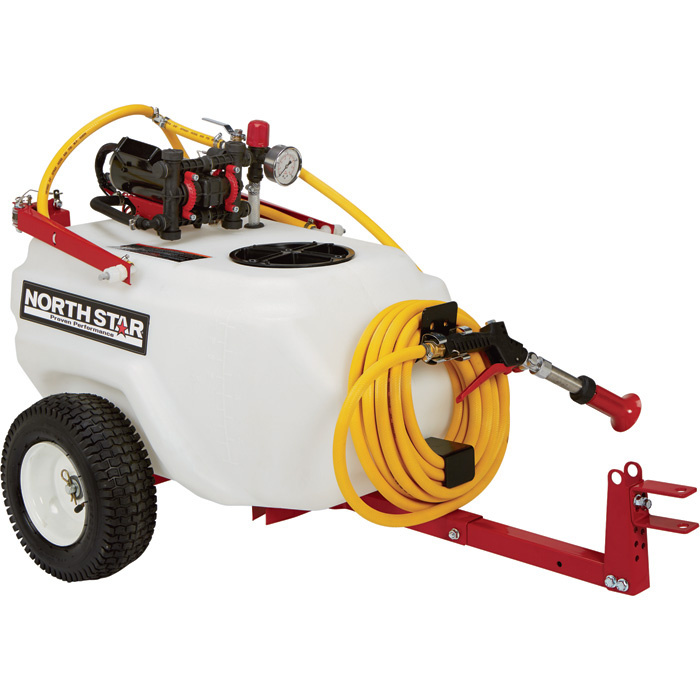Hi Mike,
@mamuang mentioned you as someone who had a lot of experience with espalier, so I’m really happy to get your perspective on this question. And I have to say, I got a kick out of you charging in with the Heresy Alert!!! sirens wailing.
To respond to the question you posed, maximizing yield is not the driving issue for me, personally. I mean, sure, I would like to be able to grow trees that bear relatively early and relatively well, but as you point out, I’m not growing commercially. @alan makes a valuable point about why maximizing yield from an espalier can be an important consideration for home growers with limited space. In our particular situation, though, I think we do have enough space, in theory, to produce as much fruit as we would want to. (In theory…) So for us it’s less about the square footage per se and more about espalier offering an attractive solution to some specific layout constraints, if that makes sense.
In the bigger picture, Mike, it seems like you’re suggesting that I would do better to put the emphasis on choice of varieties and make the choice of rootstock a secondary concern (important to make a good choice, but not necessarily the best.) This seems to be the drift of the thread as a whole, actually, both in terms of the many different rootstocks that people have recommended (all the way from @Allen’s M27 to your M111) and in terms of the point that people have made about different varieties behaving very differently on the same rootstock. (I know I’m slow, guys, but it does sink in eventually…)
This is sort of what attracted me to MM111, in that it seems to be both dependable and widely available, allowing for a wider choice of varieties. My concern was whether it would be manageable in a six-foot-high espalier. It sounds like your experience shows that it can be, and in growing conditions similar to ours here, though it would require diligent summer pruning, as Alan points out. I can see why the pruning requirements might make it impractical or undesirable for some people, but I don’t think that’s necessarily a deal-breaker for me (though it’s certainly something to keep in mind).
Speaking of things to keep in mind, I wanted to thank @Allen for reporting your experience with Westfield Seek-No-Further. That was one I’ve been looking into, because I’ve heard that it’s a really good apple and one that does particularly well in our area (the Westfield in the name is just a couple of towns over from where we are). But I wasn’t aware of its tip-bearing tendencies. Based on your experience, I’d still like to try growing it - but maybe not in an espalier…
Many thanks,
Jamie
 and I never get tired of the ooohs! and aahs! from first timers looking at the trees.
and I never get tired of the ooohs! and aahs! from first timers looking at the trees.


